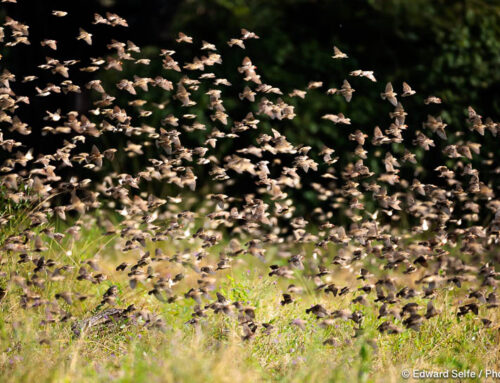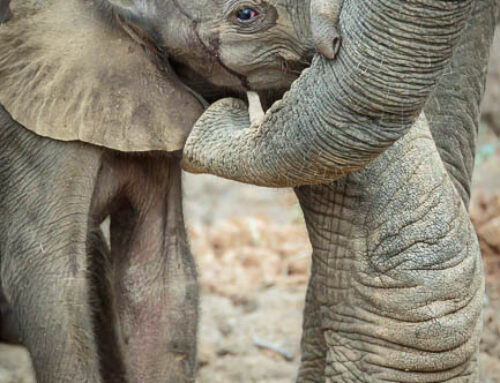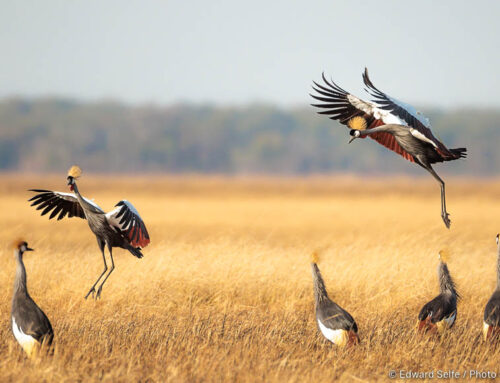Life in South Luangwa continues to be a blend of the normal and the unprecedented; while there is no lock-down yet, and cases of COVID remain only in the Lusaka area, there are also no visitors whatsoever to the area. So the economy of the local town is very slow at best and there is an eerie quiet; no tyres on the nearby tarmac road, no buses operating between here and the bigger towns and no bars providing the background noise that is common to all Zambian towns.
And of course, life continues as normal in the National Park. It’s always been a pleasure to me to know that this wildlife area is natural and that man had no part in its creation. Whether we are watching or not, animals continue to live their lives as they did before man arrived.
As before, here follows an update of the week’s events in the National Park, or at least from the areas that I can access. Of course, other lion prides, leopards and elephant herds are repeating these stories across the whole region, largely unobserved by us.
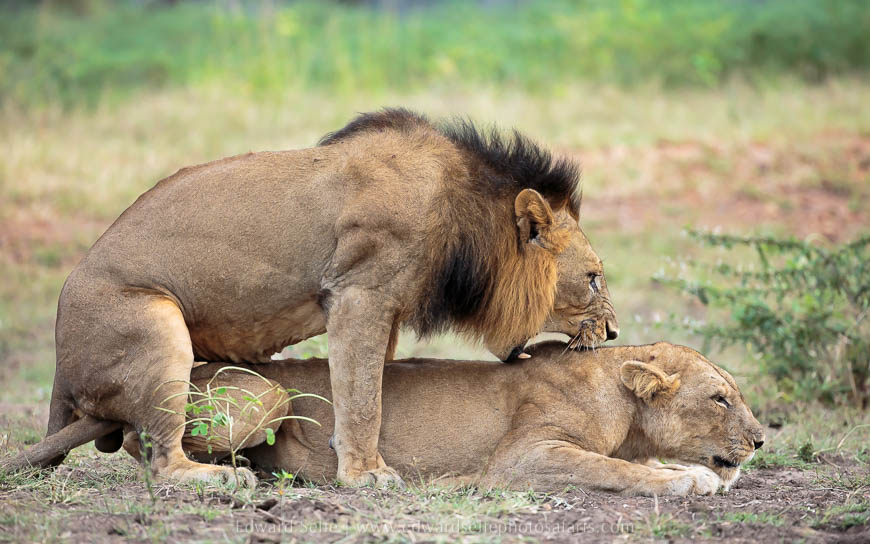
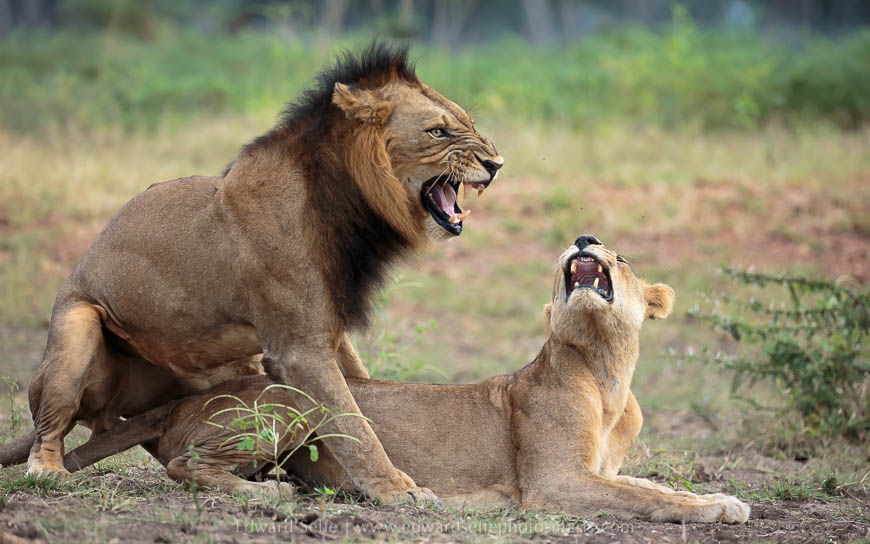
The rains is a great time for birding, so many of my outings into the park are enjoyed with binoculars rather than with a camera. However, I was glad to have my camera when we found this Curlew Sandpiper, an unusual sighting in the South Luangwa.
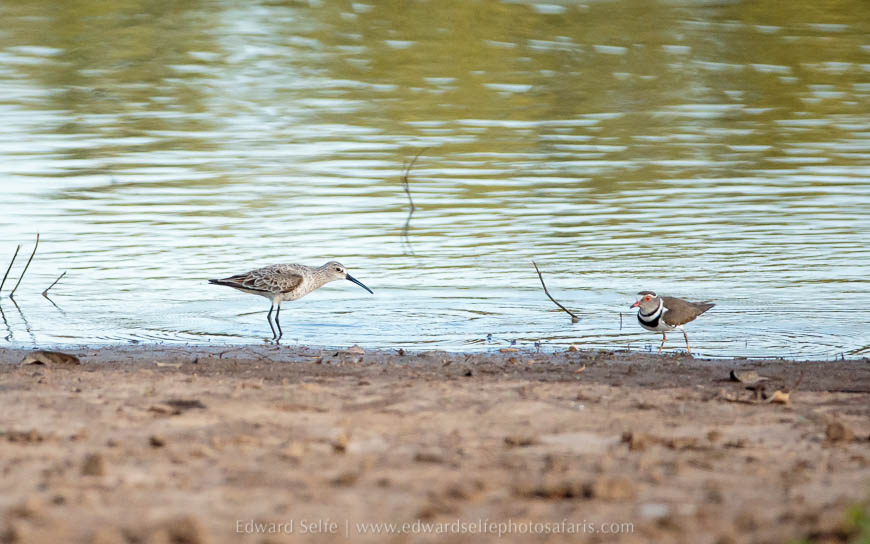
The big, headline sighting of the week involved a big male leopard who had stashed a male impala kill in a very exposed and beautiful ebony tree. When I found him, he was resting at the base of the tree, getting comfortable (perhaps?) among the twisted root system. There were hyaenas nearby, keen to steal his meal, but respectful of his size and aware that they could not reach the prize.
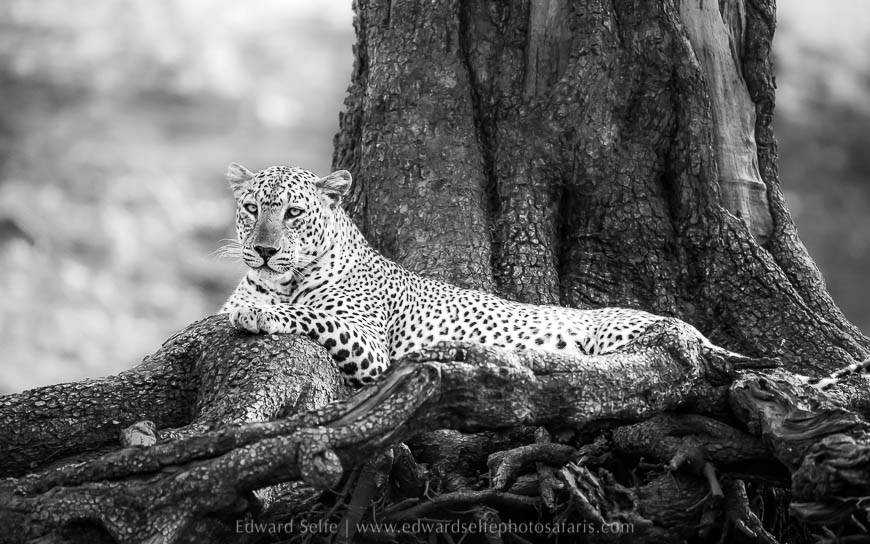
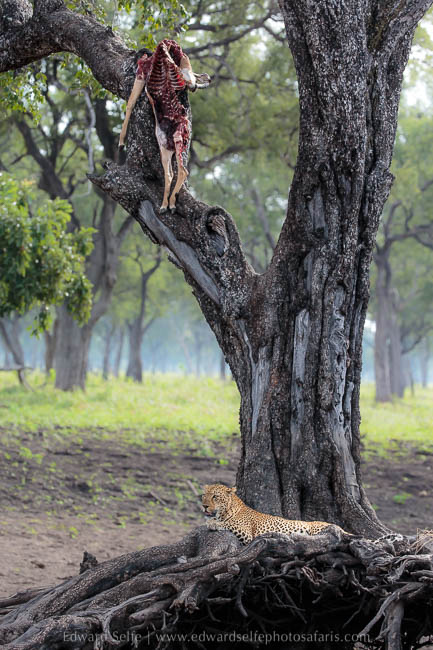
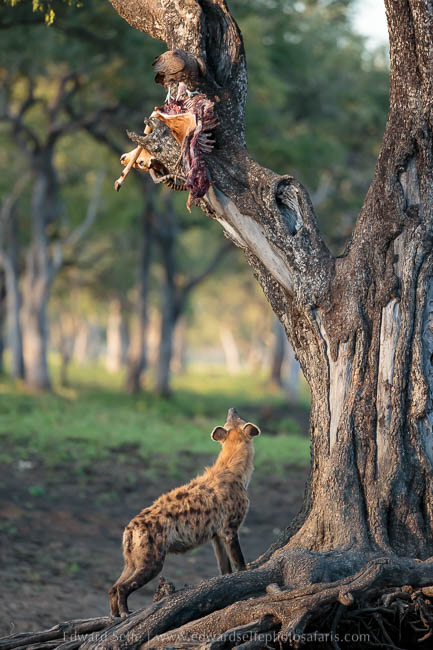
However, the show was far from over. The impalas’ rutting season is in full swing now, with male impalas showing little regard for their own safety in their pursuit of dominance and mating rights. In fact, it was surely during a heated battle that the leopard managed to catch a huge male impala in the first place!
When two male impalas, who were displaying to each other and occasionally locking horns, approached the tree where he was lying. I readied myself in case the leopard (ever the opportunist) fancied another impala to add to the first…. Indeed, as the impalas turned their backs and locked horns, the leopard made his move……!
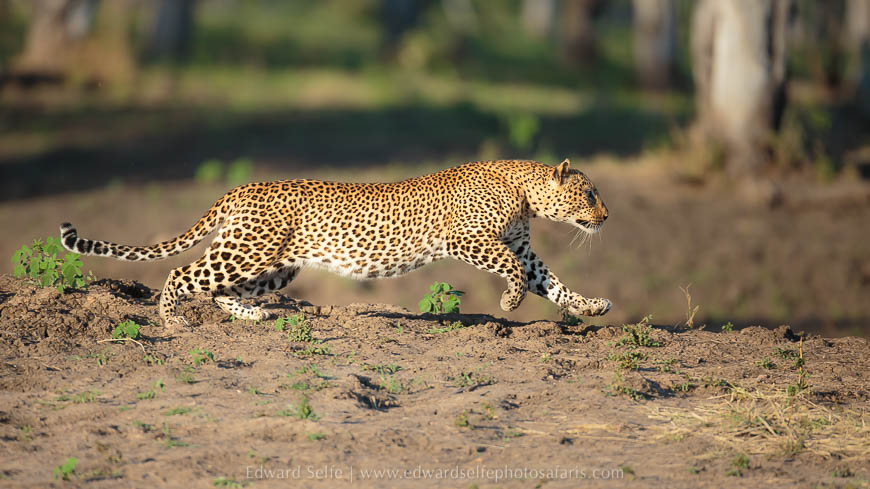
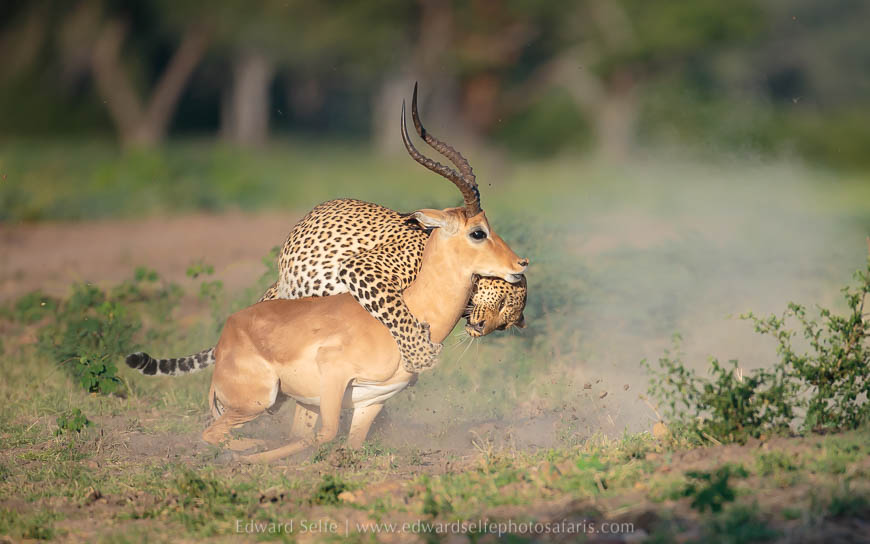
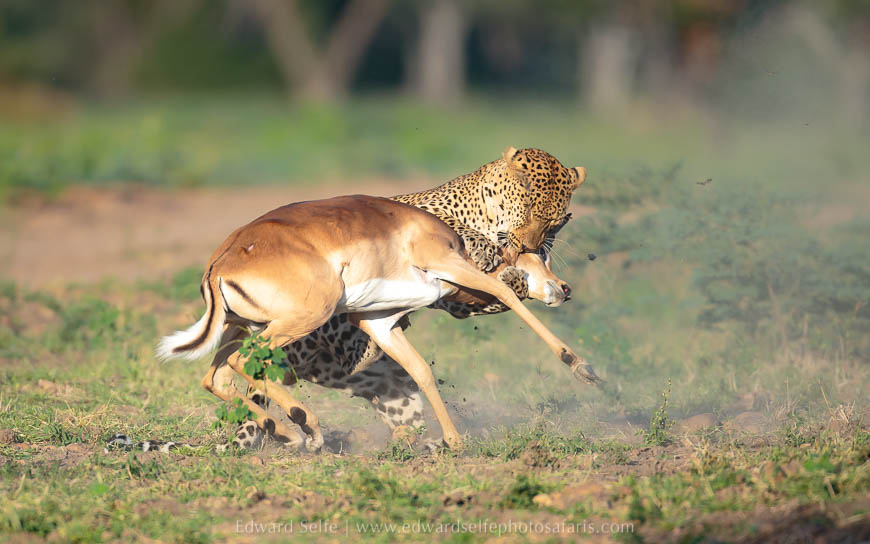
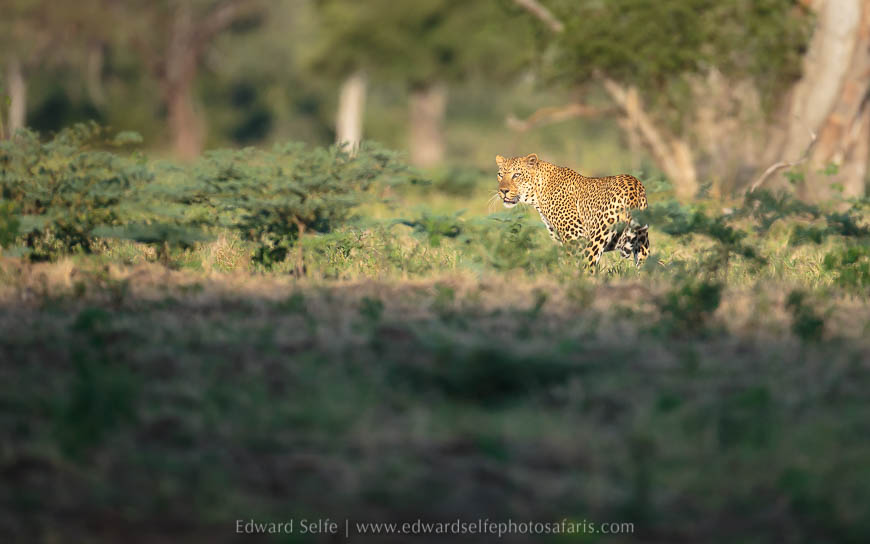
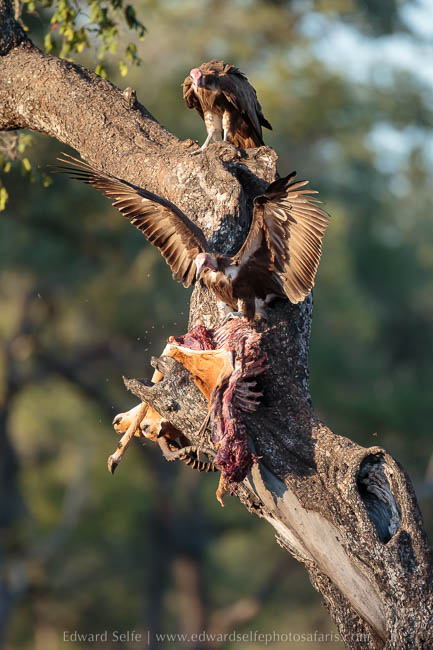
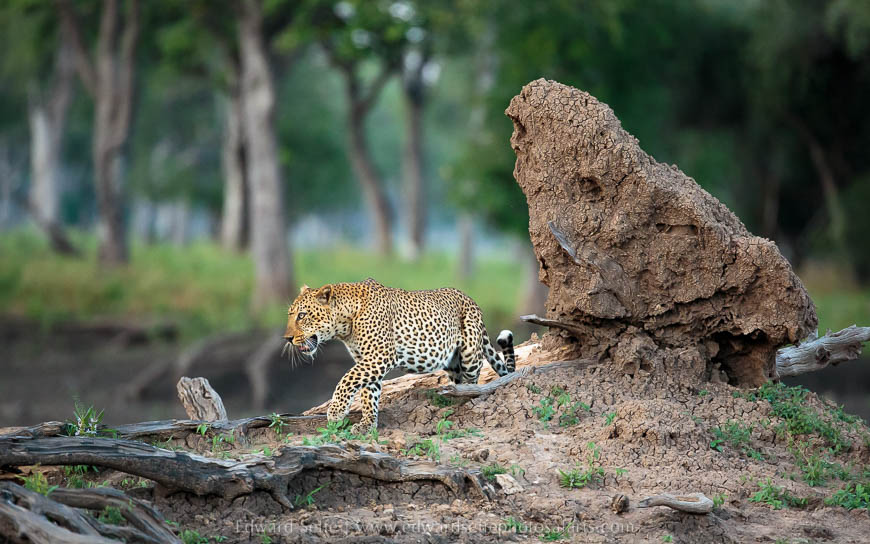
It’s interesting to wonder how much interaction and predator competition occurs at the site of all major kills but, more often than not, beyond our view. This encounter certainly proved two things; sitting and waiting is always worthwhile and there is a very easy explanation for the gender imbalance in impalas in the adult age brackets!
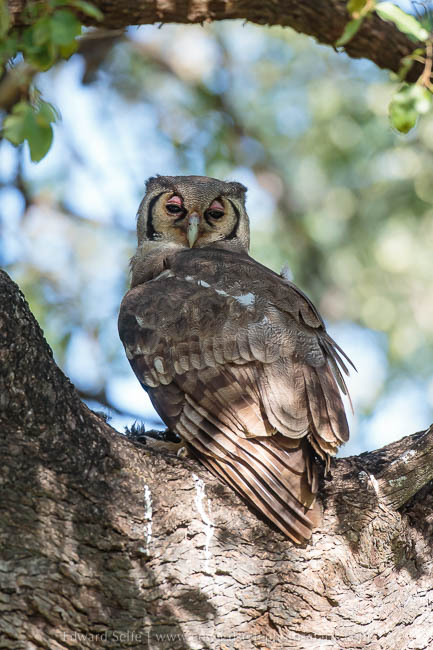
More from South Luangwa next week – we have already had one amazing sighting which will be well worth the read. See you in a week.

